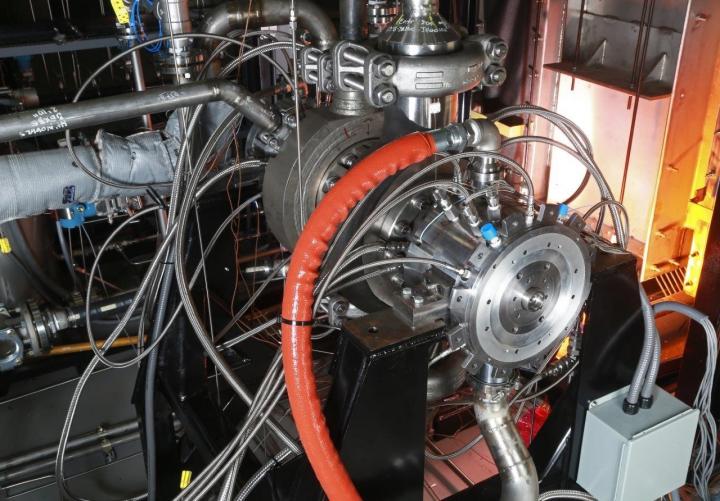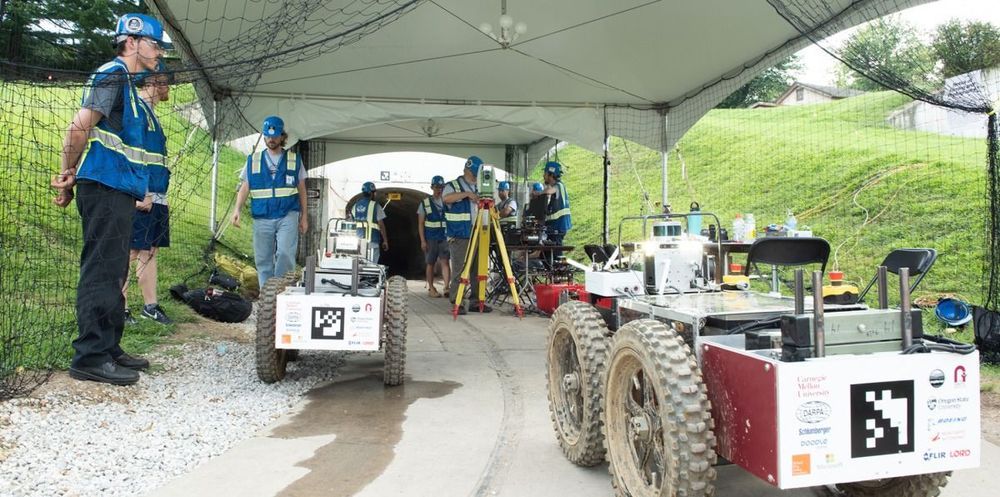A polymer that self-destructs? While once a fictional idea, new polymers now exist that are rugged enough to ferry packages or sensors into hostile territory and vaporize immediately upon a military mission’s completion. The material has been made into a rigid-winged glider and a nylon-like parachute fabric for airborne delivery across distances of a hundred miles or more. It could also be used someday in building materials or environmental sensors.
The researchers will present their results today at the American Chemical Society (ACS) Fall 2019 National Meeting & Exposition.
“This is not the kind of thing that slowly degrades over a year, like the biodegradable plastics that consumers might be familiar with,” says Paul Kohl, Ph.D., whose team developed the material. “This polymer disappears in an instant when you push a button to trigger an internal mechanism or the sun hits it.” The disappearing polymers were developed for the Department of Defense, which is interested in deploying electronic sensors and delivery vehicles that leave no trace of their existence after use, thus avoiding discovery and alleviating the need for device recovery.


 Last year, Pentagon mad science arm DARPA was working on one of its wildest projects yet: a microchip-sized nuclear reactor. The program is now officially done, the agency says. But these sorts of far-out projects have a habit of being reemerging under new managers and new names.
Last year, Pentagon mad science arm DARPA was working on one of its wildest projects yet: a microchip-sized nuclear reactor. The program is now officially done, the agency says. But these sorts of far-out projects have a habit of being reemerging under new managers and new names.

